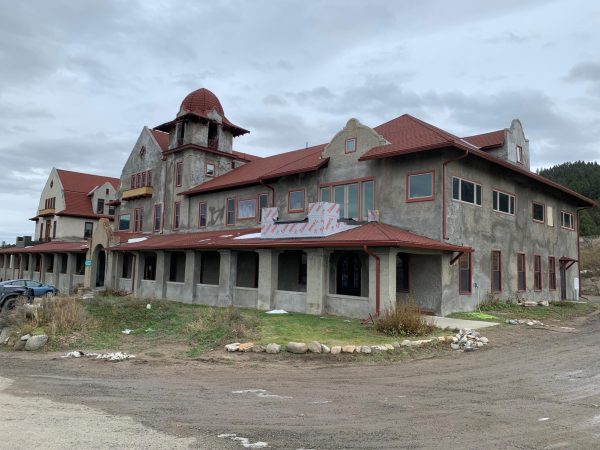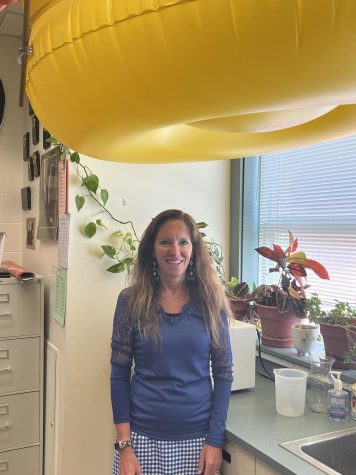Body to Science?
Solving the Real Stiff Question?
April 25, 2017
When you die, what do you think will happen to your body? It’s an extremely morbid question, but for science enthusiasts, it’s a relevant one, especially when you want to donate your body to be used as a cadaver in one of the many fields of study. A cadaver is ultimately a corpse that has been donated willingly by the deceased individual for the advancement of science or study. They can be used to help further the understanding of tricky investigations, teach new med students, or even inform those interested in the study of crime scene investigation.
One option for cadavers are to be shipped off to a body farm. Yes, a body farm. This sort of facility is probably exactly what you’re imagining. Basically, anthropologists use body farms to study the human body’s decomposition rate, the insects that can be found around bodies after certain stages of decomposition, and to train detection dogs. As most people are aware, the average dog’s sense of smell is about 40 times more powerful than a human being’s, which makes them very useful in search and rescue situations, or in body recovery missions. These dogs don’t just naturally know what to look for though, they must be trained to be able to sniff out bodies at all stages of decomposition, under slabs of concrete, and after heavy rainfall.
One of the most common uses for a donated body though, is for the training of the new generations of med school students. Even with the option of using 3D virtual cadavers, professors are more likely to teach with real dead bodies. The main difference is that the inside of a person’s body can always look a little different than it’s supposed to. An injury, disease, or surgery can alter the organ placement within a person’s body, or can even have subtle but natural differences in placement. Such abnormalities seen in cadavers will better prepare med students for their future patient who likely will have similar differences in body types and organ placement. The aspiring doctors and nurses aren’t the only ones who benefit from having these cadavers available at Universities around the world though. Students studying in the field of forensic science or crime scene investigation can also learn a lot by studying a cadaver’s cause of death, natural or otherwise. One such program exists right here in Helena High School in fact.
Mr. Day’s CSI classes, founded by the recently retired Mr. Schultz, has the opportunity to make annual trips to Montana Tech University to study a cadaver or two, and will be doing so this year on May 2nd. “It was an awakening experience,” comments senior Logan Dutton, looking back on his junior year in CSI class. “I think anyone who can stomach it should do it. It’s a fascinating experience.” An awakening experience indeed as students were given lab coats and latex gloves, as well as the opportunity to get up close and personal with the cadaver’s lungs, heart, liver, and other more pronounced organs. They were also challenged to try and guess the cause of death based on the condition of the cadaver, and what surgical history they may have had.
Other uses for cadavers stretch to being used as crash course dummies, that are often replaced with cadavers for authenticity in automobile test crashes for the purpose of checking the safety of a vehicle and its airbags, while others might be used to test the relevance of theories and hypotheses involved in particularly difficult investigations, involving unknown or suspicious causes of death. With such a wide distribution and so many advantages, one would think the body donations would have a hard time keeping
up. The reality, based on polls from here at Helena High, is quite the opposite. More students said they would consider donating their bodies than people who said they wouldn’t. In actuality, about 20,000 bodies are donated every year in the United States alone, used for everything from med school science labs, to astronaut tests in space. The scientific opportunities are limitless, and it’s all thanks to the dedicated individuals willing to donate their bodies at the time of their death.
Still a morbid thought?












